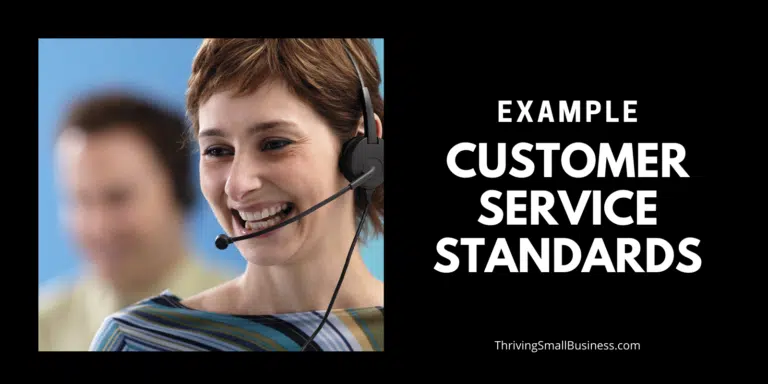Generational Differences – 3 Strategies for Managing Generational Differences
Estimated reading time: 5 minutes
I know this is dating myself, but when I first entered the workforce, there were no named generations or sensitivity to how each generation was managed or interacted with each other.
There was the well-known “generation gap” between kids and their parents, but that somehow disappeared when kids got married and started a family of their own – they finally “got” what their parents always preached.
Entering the workforce meant submitting to the authority of (usually) someone older than yourself and working hard with the hopes of keeping a job.
Since that time, the workforce has changed – a lot. Employers are managing a more educated and self-confident employee base that is made of several generations.
Managing these generational differences is a very real issue – regardless of the organization’s size or type.
We Manage A Five Generation Workforce
Managing the needs, desires, and expectations of a multi-generational employee mix can be a very daunting task.
Create a strategy to help alleviate some of the associated issues.
For instance, use team-building exercises to help employees understand the strengths of each generation.
Each Generation Is Unique
Every generation is shaped by the world in which they live. The early memories of a child often shape their outlooks and priorities.
When we understand why each generation sees the world a little differently, we can focus on their strengths and maximize their contributions.
The Five Generations
Traditionalists, or the Silent Generation, are those people who were born before 1946. This group of people lived through the depression, high unemployment, and poverty – just having a job was of great value to them.
The Baby Boomers were born between 1946 and 1964. Boomers were shaped by the Vietnam War and the Civil Rights Movement. This hard-working group is known for a strong work ethic, job loyalty, climbing the ladder, and face-to-face conversations.
Generation X are those who were born between 1965 and 1980. This group was shaped by the Aids epidemic and the dot.com boom. This group is associated with hard work that is coupled with work-life balance. They can be a cynical group determined to “fix” the things that the Boomers messed up.
The Millennials, or Generation Y, were born after 1980 and are the technology generation that asks the question of why, look for answers across the globe, seek constant feedback, and value relationships – but not necessarily face-to-face.
Generation Z, was born between 2001 and 2020. This young group was shaped by the aftermath of 9/11 and the Great Recession. This is a technology generation, and their preferred communication style is digital.
These five very different generations bring vast diversity to the workplace, which creates a need to balance the employment experience.

Communication, productivity, and managing performance should be structured to meet the needs of each generation.
This is done by identifying similarities among the groups and utilizing the strengths of each generation.
This is a delicate balance, but if done well, it can blend the strengths of each generation and contribute to a productive and effective workforce.
How To Manage a Multi-generational Workforce
1. Choose The Right Communication Approach
Each generation has different approaches and preferences for communication.
A good strategy would include incorporating the communication preferences of all five generations.
For example, Baby Boomers love face-to-face communication, whereas the Millennials are content with electronic communication. Alter communication practices for each generation.
Here’s a tip: As you onboard new employees, talk about communication preferences and work to keep communication in a preferred format.
Create a communication process that seeks out communication preferences and utilizes multiple avenues for communicating with employees.
This type of communication model would incorporate electronic, text, written, and face-to-face interactions.
2. Create An Environment Conducive to Productivity
Every generation has differences in what motivates them to be productive. Employers should allow flexibility in schedules and create systems to monitor productivity.
The Covid pandemic has forced businesses to be more flexible with work schedules and has used technology to allow employees to work from home.
Employers who provide employees with options such as flexible work schedules, working from home, or a combination of both provide the right atmosphere to maximize worker productivity.
Very often, the mere office environment creates distractions that hinder productivity.
Take advantage of the new Zoom era to maximize employee productivity.
3. Manage And Monitor Performance
Successful organizations understand the importance of performance management. The best way to accomplish business goals is to monitor what work is getting done – compared to what needs to be accomplished.
Create a structured process to manage employee performance. This infrastructure will provide a process to set expectations, develop goals, and monitor goal attainment.
For instance, schedule time once a year to meet with employees, conduct performance appraisals, update job descriptions, and create annual goals.
This annual conversation will help employees understand what is expected of them and keep them focused on your business priorities.
Regardless of the generation of employees, organizations need to accomplish goals and objectives to be successful.
Successful organizations develop systems and processes that consider the diversity associated with a multi-generational workforce and create environments conducive to productivity for each generational group.
Businesses that have figured this out are more effective and have a distinct advantage over the competition.
How does your business manage a multigenerational workforce?






